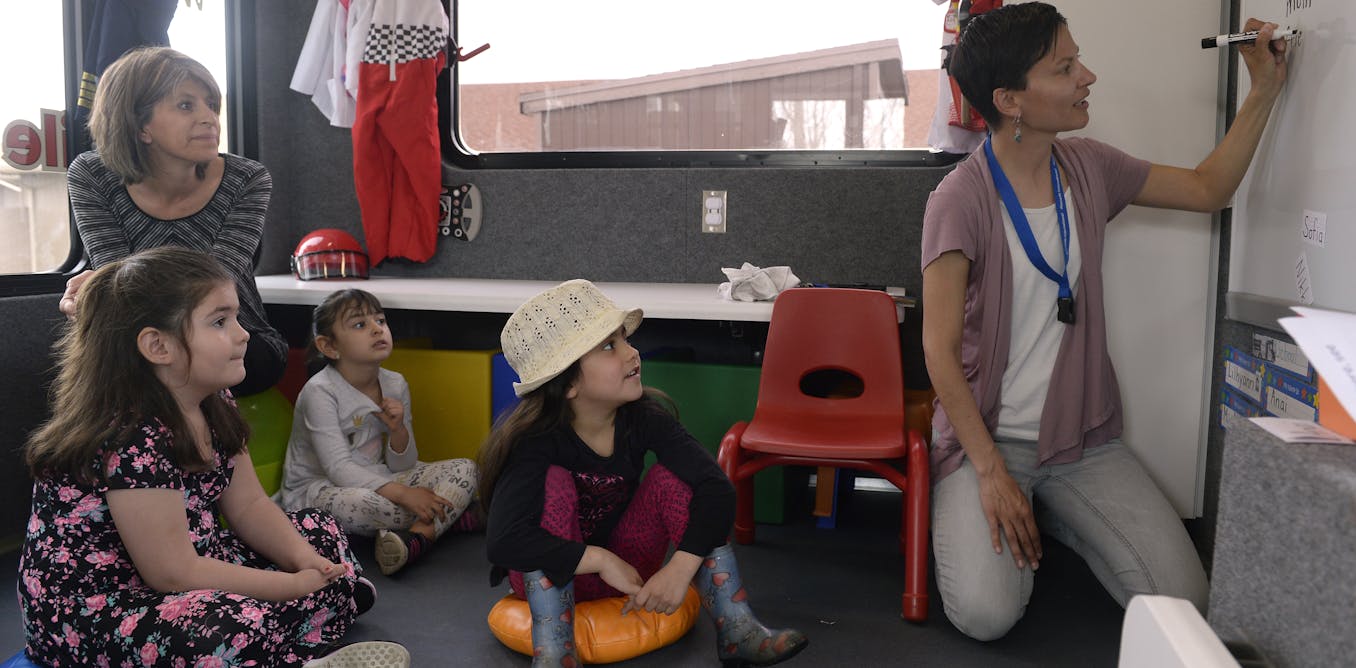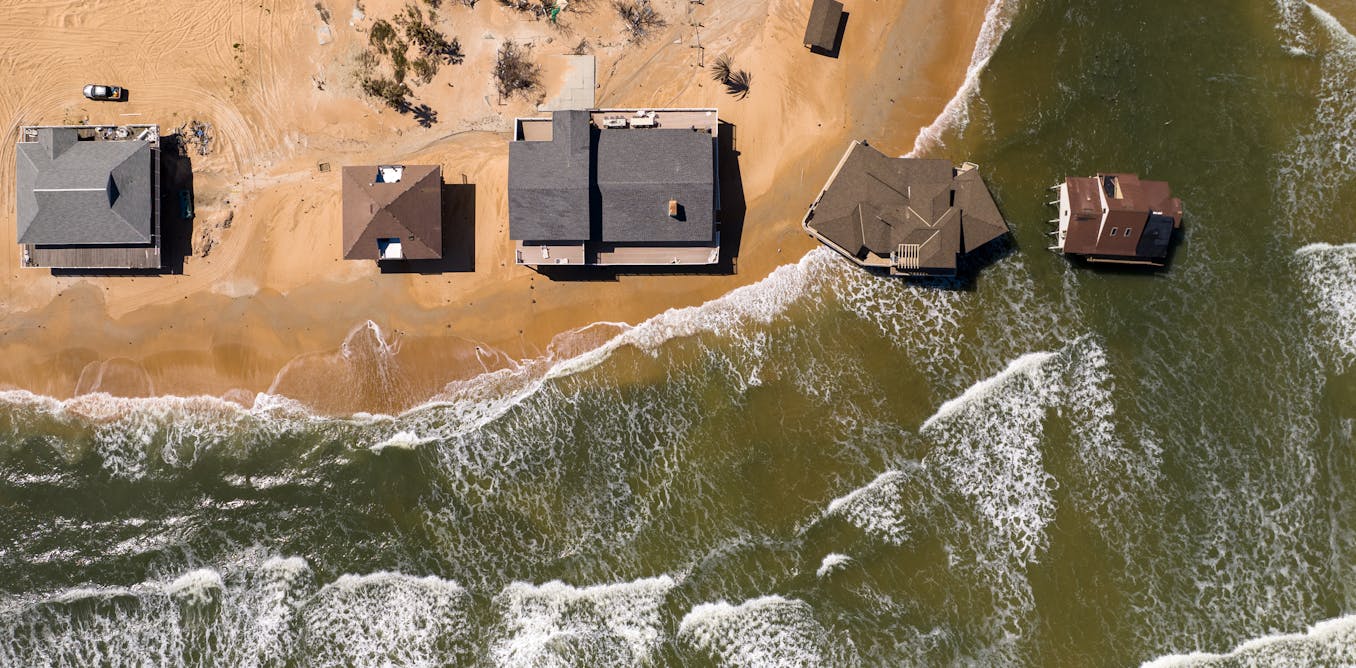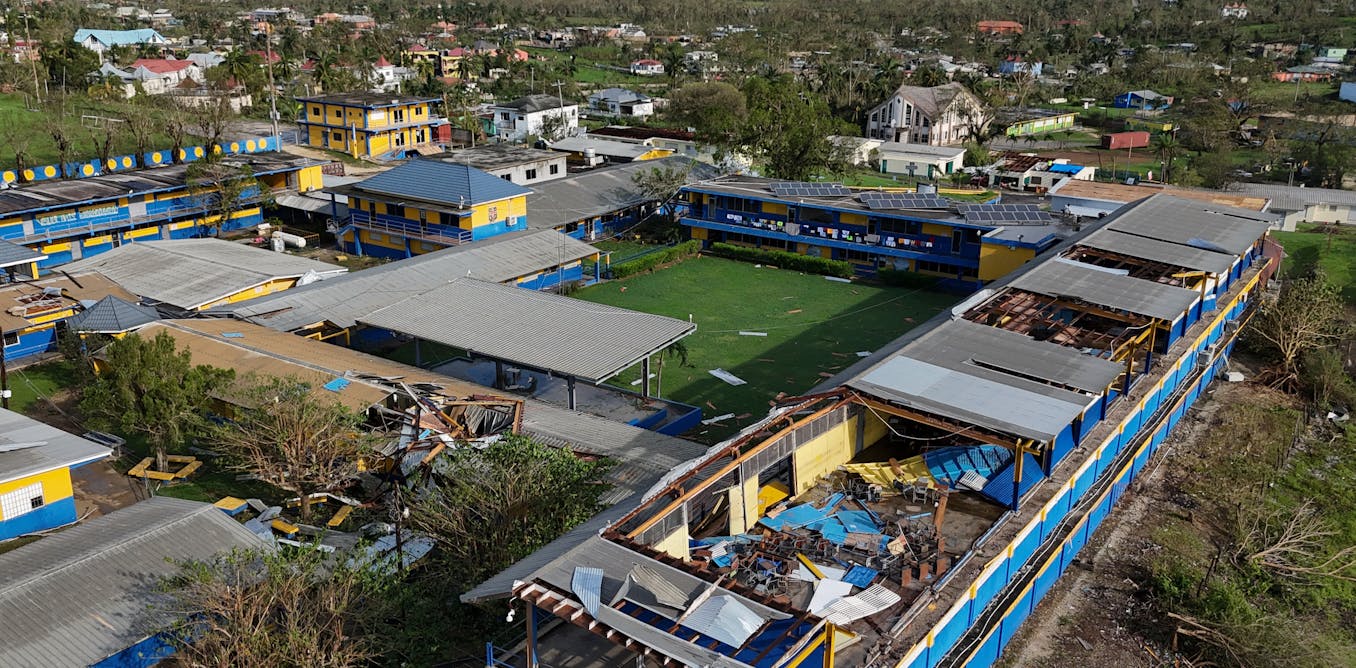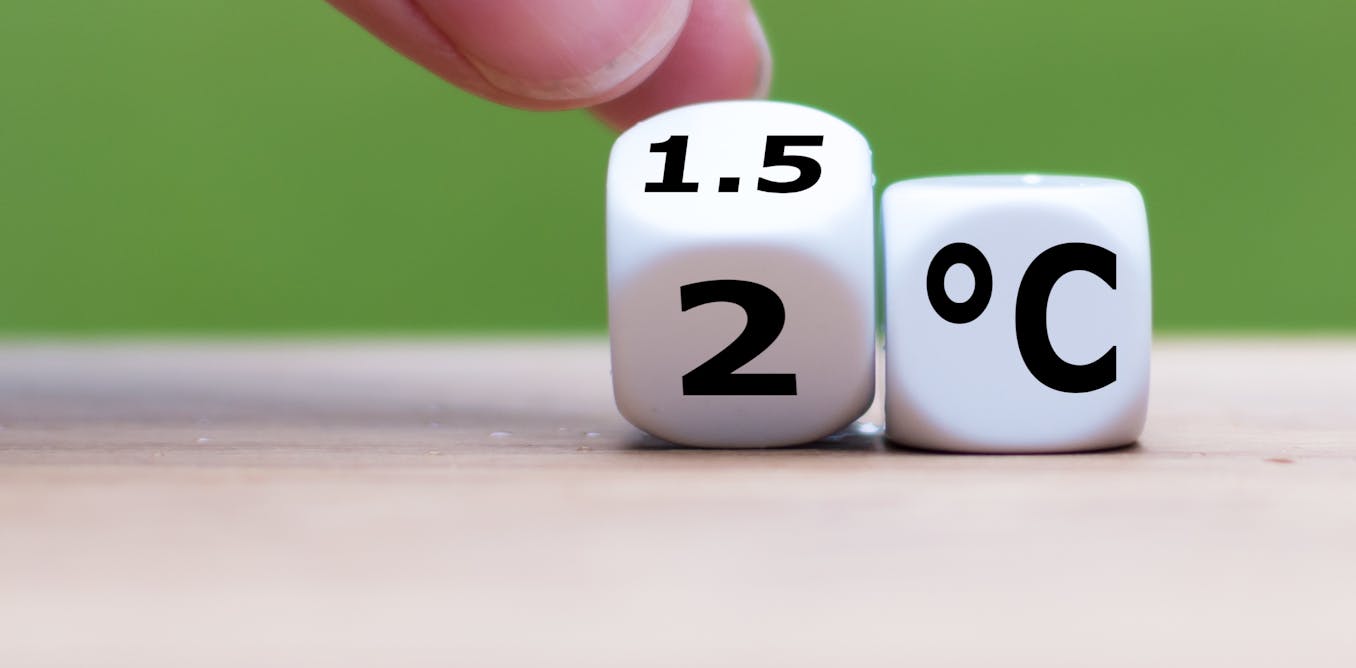An emerging generation of quantum sensors are capable of performing tasks such as detecting the magnetic fields of thoughts with unprecedented levels of sensitivity. Now, the European Space Agency (ESA) aims to send a quantum sensor into space. The goal is to detect changes in Earth’s magnetic field to improve navigation and monitor climate change.
Quantum sensors rely on the sensitivity of quantum energy levels to outside influences. Quantum sensors look for such disturbances to detect minuscule changes in, say, magnetic and electric fields.
A popular type of quantum sensor depends on microscopic artificial diamonds. Each has a defect within them, in which two carbon atoms are replaced with a single nitrogen atom, leaving a so-called vacancy. When these nitrogen-vacancy (NV) centers are illuminated with green light, they fluoresce red. Magnetic disturbances alter this response, allowing NV centers to serve as magnetometers—magnetic sensors.
Quantum sensor company SBQuantum in Sherbrooke, Canada, has developed quantum diamond magnetometers about the size of a carton of milk. This makes it small enough to fit inside a CubeSat—a satellite based on cubes just 10 centimeters wide.
With a new 21-month contract from ESA worth nearly $1 million USD (€800,000), SBQuantum will deliver a new prototype. It will be the same size and weight as the previous sensors, but with a roughly tenfold upgrade in sensitivity, accuracy and bandwidth, as required by ESA for advanced Earth observation missions. All in all, the prototype is designed to achieve a sensitivity of less than 100 picotesla, about one million times less than Earth’s magnetic field.
“We have the chance to completely rethink the architecture of our magnetometers—to minimize the noise from some of our readout circuits, to improve the laser system, to better collect the red light emitted from the diamond, and more,” says David Roy-Guay, co-founder and CEO of SBQuantum.
Potential applications for the space-borne quantum magnetometer include monitoring Earth’s magnetic field to detect changes that might impact air and sea navigation. “Every time you look at a map on a smartphone, the reading you get depends on the World Magnetic Model,” Roy-Guay says. “As part of the MagQuest challenge, we are trying to help monitor the Earth’s magnetic field. In the longer term with ESA, we want to not only help with navigation, but also monitoring space weather, such as solar storms that can disrupt satellite and ground communications.”
For the MagQuest challenge, SBQuantum is already building sensors that are compact enough to fit into a CubeSat roughly the size of eight single units. These are also ruggedized to withstand shaking during a SpaceX launch, operations between 0 and 40 degrees Celsius, and radiation levels expected during two to three years in orbit.
The new prototype is also designed to monitor the magnetic disturbances caused by the flowing seawater in ocean currents. “We…
Read full article: Quantum Sensors in Space – IEEE Spectrum

The post “Quantum Sensors in Space – IEEE Spectrum” by Charles Q. Choi was published on 11/25/2025 by spectrum.ieee.org



































Leave a Reply